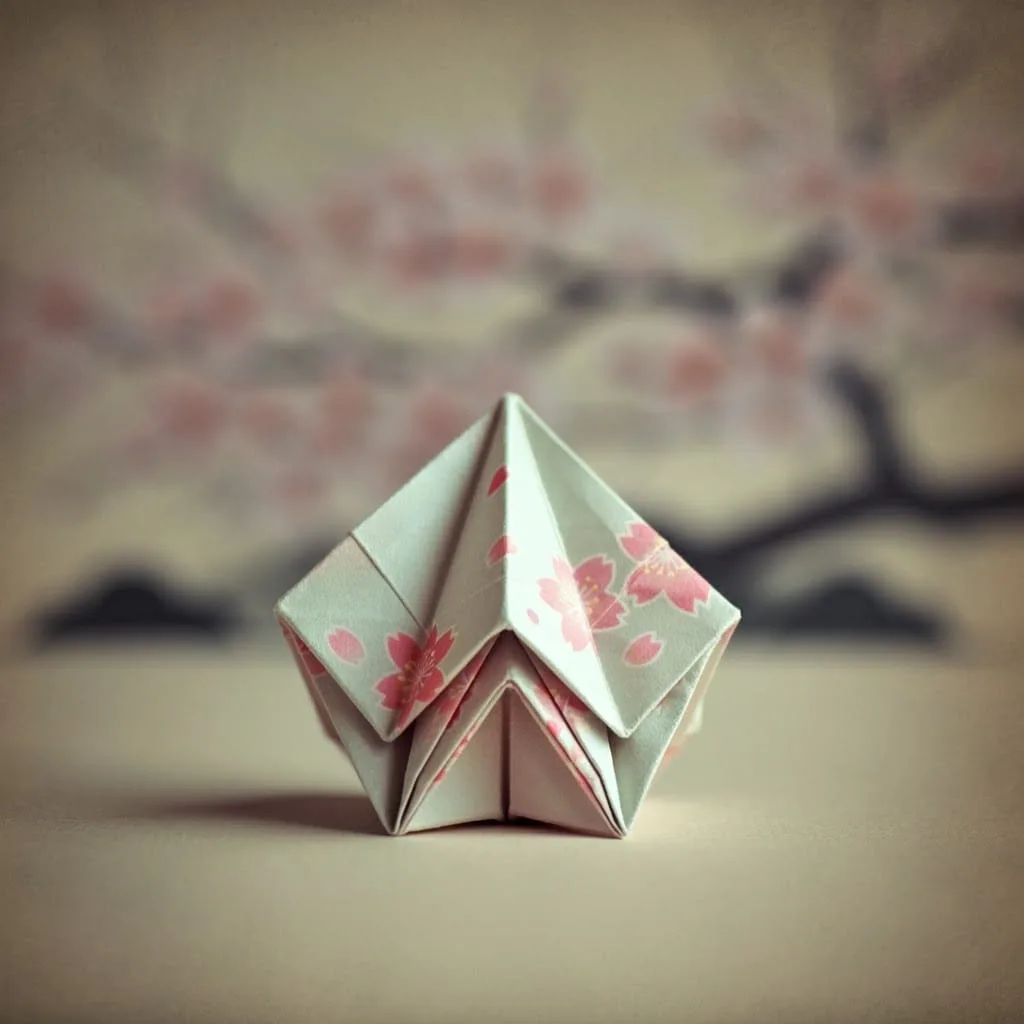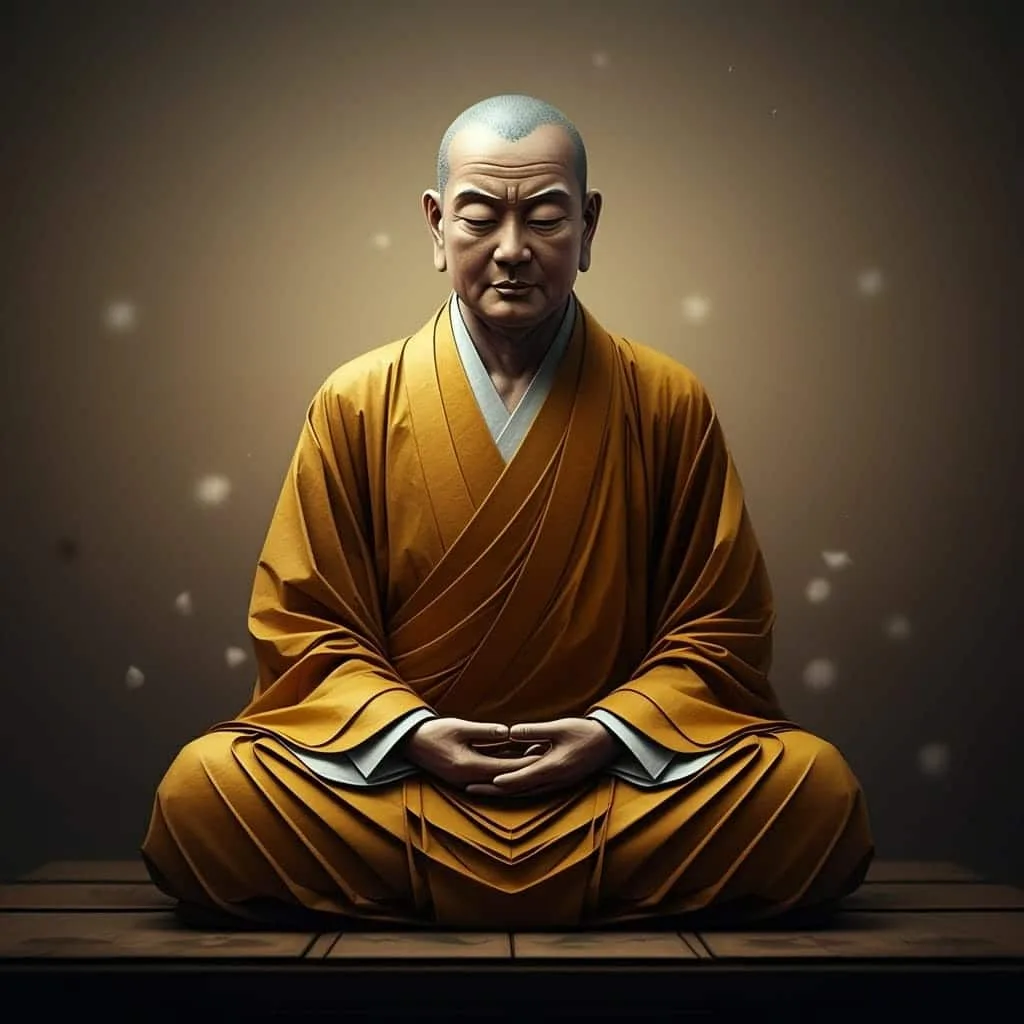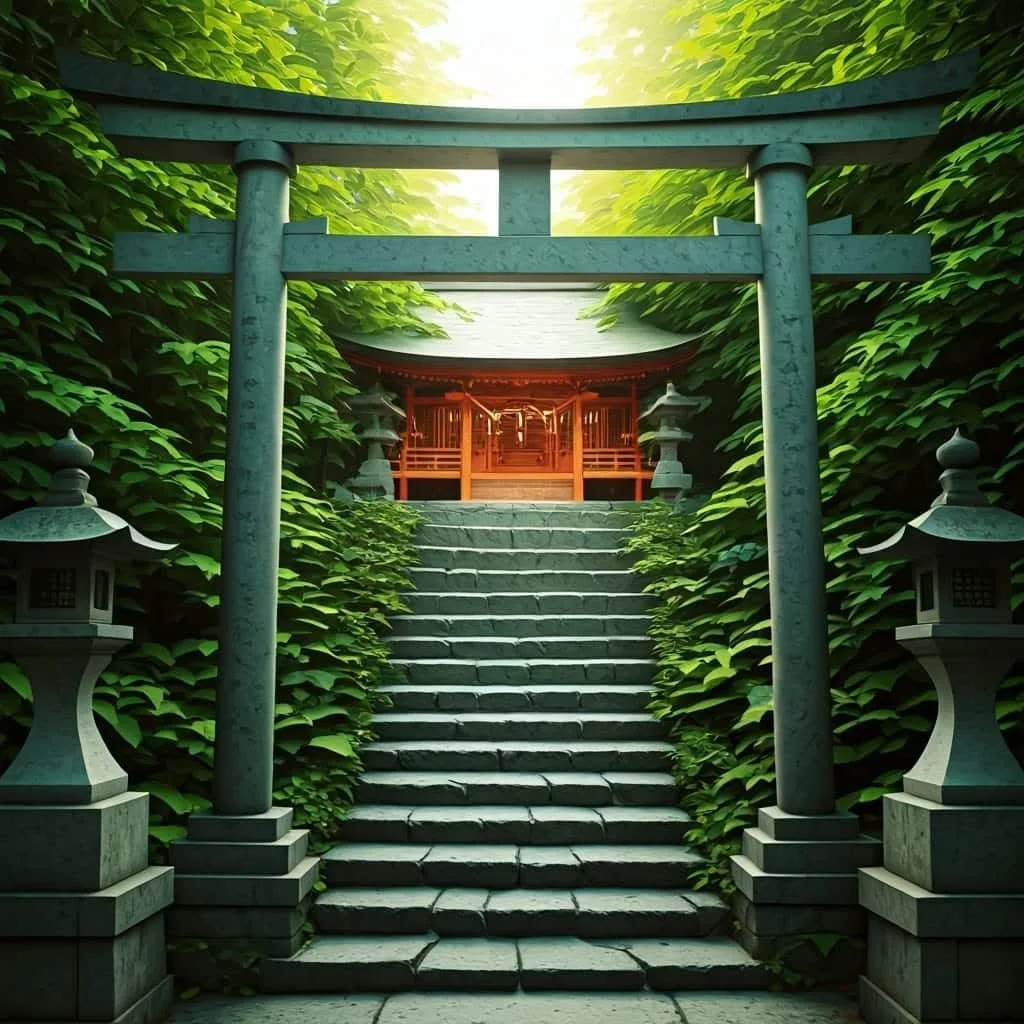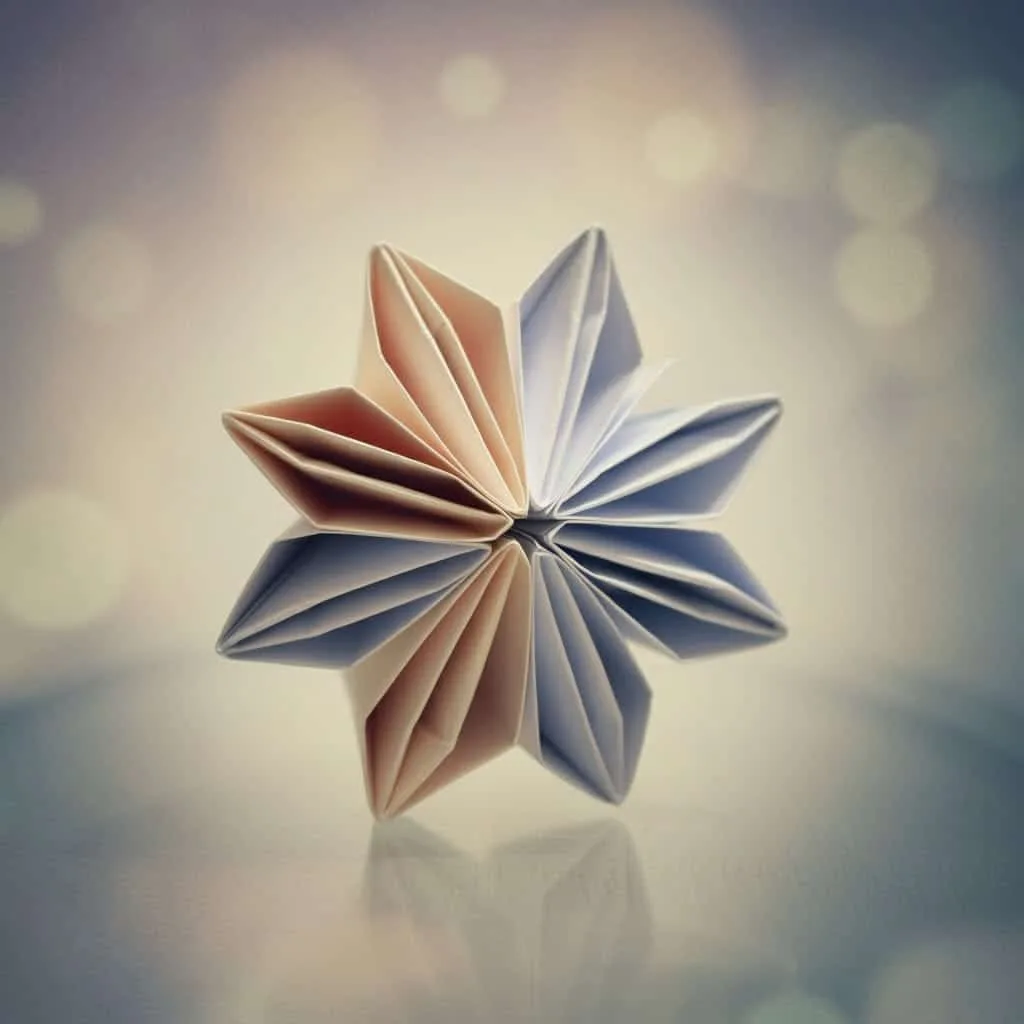Your cart is currently empty!
Stay in Touch!
Get updates about new artwork and upcoming events.
Get updates about new artwork and upcoming events.
—
by
Origami, the ancient Japanese art of paper folding, is a spiritual practice that transcends aesthetics. For centuries, it has been used not only to create visually stunning designs but also to serve as a conduit for spiritual expression and ritual significance. From the intricate folds of cranes used in Buddhist prayers for peace to the zigzag paper strips seen in Shinto shrines, origami’s history is steeped in religious and ceremonial traditions.
In this blog post, we will explore the deeply spiritual origins of origami, its use in sacred rituals, and how its symbolism continues to evolve in modern contexts. We will delve into its ties with Buddhism, Shintoism, spiritual practices, and how these sacred connections influence contemporary art, including my own work as an origami mixed-media artist. The journey will reveal how folding paper transforms from a simple craft into a powerful spiritual tool, connecting the human experience to the divine.
The history of origami is intrinsically linked to the introduction of paper to Japan in the 6th century. Buddhist monks, traveling from China, brought with them the knowledge of paper-making, which would forever transform Japanese culture. However, paper was a luxury at that time, an expensive and rare material reserved for the elite and for religious use.
The Japanese word for paper, kami, is pronounced the same as the word for “deity” or “spirit,” creating a linguistic and poetic association between paper and the divine. This connection made paper not merely a medium but a sacred substance, used in rituals, prayers, and offerings. Folding this precious material into specific shapes, whether simple or complex, became a way to express devotion, mark sacred spaces, and communicate with the spiritual realm.
While today we may think of origami as a pastime or artistic endeavor, its origins were anything but trivial. In its earliest forms, origami was a method of honoring the gods, purifying spaces, and reflecting on life’s impermanence, a key tenet of Buddhist philosophy.


Buddhism, which reached Japan around the same time as paper-making, had a profound influence on many aspects of Japanese life, including art, literature, and spirituality. The Buddhist belief in impermanence, or anicca, was well-suited to the fragile, ephemeral nature of paper. This material, easily folded and just as easily destroyed, became a perfect metaphor for the transient nature of life.
In Buddhism, the act of folding paper came to represent more than just craftsmanship—it became an act of meditation, prayer, and mindfulness. Paper, though fragile, held the ability to embody prayers for health, peace, and prosperity. Folding paper into sacred shapes, such as lotuses or cranes, became a way for individuals to channel their spiritual energy and offer it up to the divine.
One of the most significant symbols in Buddhist origami is the lotus flower. In Buddhism, the lotus represents purity, enlightenment, and the ability to rise above worldly troubles, just as the lotus flower blooms in muddy waters yet remains untainted. Folding an origami lotus is an act of spiritual reflection, symbolizing the path toward spiritual awakening. The process requires patience, focus, and an appreciation for both the material and the meaning behind each fold.
Beyond symbolic shapes, the very act of folding paper in Buddhist practice is seen as a meditative experience, akin to chanting or focusing on a mandala. It allows practitioners to center their thoughts, quiet their minds, and connect with the transient nature of existence. The precision of each fold and the ephemeral quality of paper remind us of life’s fleeting beauty and the importance of living in the present moment.
While Buddhism influenced the spiritual use of paper folding, Shintoism, Japan’s indigenous religion, also played a crucial role in origami’s development as a spiritual practice. Shinto is an animistic belief system, in which spirits, or kami, inhabit all aspects of the natural world—from trees and rivers to mountains and even rocks. Paper, made from organic materials like mulberry, was seen as a connection between the human and spiritual realms.
In Shinto rituals, paper folding became a way to mark sacred spaces, purify objects, and offer blessings to the kami. One of the earliest and most iconic examples of Shinto origami is o-shide, a zigzag-shaped strip of paper attached to ropes or wands to delineate sacred areas in temples, shrines, and ceremonial spaces. The zigzag pattern is thought to represent lightning, a symbol of the gods’ presence and power.

Another example is gohei, a purification tool made by attaching folded paper to wooden wands. Gohei is used in ceremonies to cleanse spaces and objects, symbolizing the kami’s protection and the removal of impurities. These paper wands are often waved over offerings, people, or places to sanctify them, serving as a bridge between the spiritual and the material world.
In addition to their role in marking sacred spaces and performing rituals, folded paper shapes also serve as offerings to the gods. In Shintoism, it is believed that kami appreciate purity and simplicity, and paper, with its unblemished surface, embodies these qualities. By folding paper into specific shapes, practitioners create offerings that are both beautiful and spiritually meaningful, ensuring that the kami are honored in both form and spirit.
Origami’s role in sacred and ceremonial life extends beyond its use in temples and shrines. Throughout Japanese history, paper folding has been an integral part of major life events, from weddings to festivals. The act of folding paper into symbolic shapes became a way to mark transitions, celebrate blessings, and offer prayers for the future.
One of the most well-known examples of ceremonial origami is its use in traditional Japanese weddings. In these ceremonies, the folding of mecho and ocho, two paper butterflies representing the bride and groom, is a symbolic gesture that dates back to the Heian period (794-1185). These butterflies, carefully crafted from paper, are used to decorate sake vessels during the wedding ceremony. They symbolize the harmony and balance of the couple, as well as their transformation into a united pair. The folded butterflies reflect the beauty of marriage, as well as the patience and dedication it requires—qualities that are also necessary for the art of origami itself.
Another example of ceremonial origami is noshi, a folded paper object that accompanies gifts during celebrations. Originating in the Muromachi period (14th-16th centuries), noshi consists of folded paper that contains a small piece of dried abalone, symbolizing good fortune and longevity. The folding of noshi into precise shapes was considered an art form in itself, with the fold acting as a prayer for prosperity and happiness for the recipient. Today, noshi is still used in gift-giving, especially during the New Year and other important celebrations, as a way to express gratitude and offer blessings.
Origami also plays a role in Japanese tea ceremonies, where folded paper is used as a way to express mindfulness and respect. For example, paper napkins are often folded in intricate designs to accompany tea utensils, adding a layer of ritual and beauty to the tea experience. Each fold, no matter how simple, is a reflection of the care and attention to detail that permeates every aspect of the ceremony.
Throughout its long history, origami has carried profound symbolic meanings, especially in religious and ceremonial contexts. The act of folding paper has become a means of representing spiritual ideas, from purity and divinity to the cycle of life and death. These meanings are woven into the very folds of each creation, adding depth to what might otherwise be seen as a simple art form.

While origami has evolved into a widely practiced secular art form, its spiritual roots continue to influence the way it is approached today. For many, the practice of folding paper remains a meditative and mindful experience, offering a way to quiet the mind and focus on the present moment. The precision required for origami mirrors the mindfulness of Zen practice, where each action is performed with intention and awareness.
One modern expression of origami’s spiritual significance is the tradition of folding 1,000 paper cranes, known as senbazuru. This practice, popularized by the story of Sadako Sasaki, a young girl who folded cranes
in the hope of recovering from radiation sickness after the bombing of Hiroshima, has become a symbol of peace and healing worldwide. Today, people continue to fold cranes as a way to offer prayers for peace, health, and well-being, embodying the hope that small, thoughtful actions can lead to meaningful change.
In my own practice as a contemporary sculpture artist, I draw from origami’s sacred and symbolic past. Each fold represents not only form and structure but also an exploration of resilience and inner strength, themes that are deeply intertwined with my personal and artistic journey. Through the integration of origami into mixed-media work, I aim to create pieces that resonate with the spiritual and emotional experiences of those who view them.
Origami, with its roots in religious and ceremonial traditions, continues to inspire and transform, offering both aesthetic beauty and spiritual depth. From the sacred folds of paper cranes to the ceremonial butterflies of weddings, origami has long served as a powerful symbol of human connection to the divine. As we continue to explore its possibilities in the modern world, origami remains a reminder that even the simplest of materials can carry profound meaning, connecting us to both our past and our highest aspirations for the future.